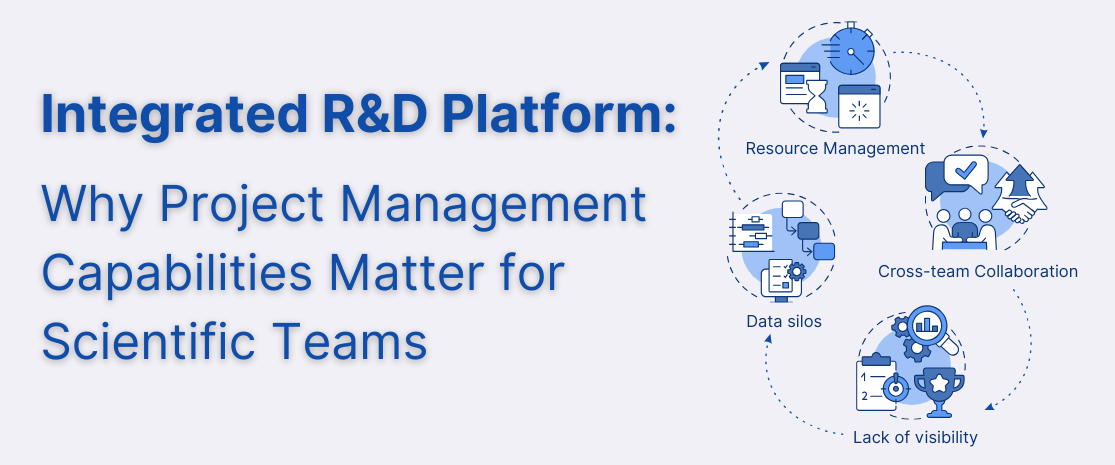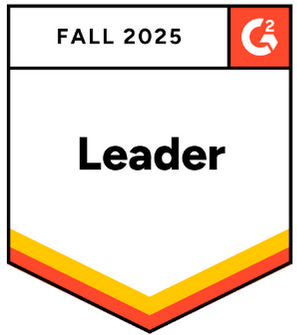Integrated R&D Platforms: Why Project Management Capabilities Matter for Scientific Teams
![]() 3 min read
3 min read
R&D Project Management in a Complex, Regulated Environment
Projects in biotech, diagnostics, and medtech often span multiple departments, from discovery through validation, regulatory review, manufacturing, and post-market support. These multidisciplinary efforts include biologists, chemists, engineers, QA managers, and regulatory specialists, which all requiring accurate data, clear timelines, and documented progress.
Traditional project management tools like Monday.com, Asana, or spreadsheets help with high-level planning, but they typically sit outside scientific workflows. Most do not directly capture scientific data, experiments, results, or resource usage. This lack of integration can impact both project efficiency and regulatory readiness.
That’s why research teams increasingly benefit from R&D platforms with built-in project management capabilities, where planning, execution, documentation, and oversight exist in a shared digital environment.
Why Integrated Scientific Platforms Outperform Disconnected Toolchains
Instead of stitching together separate systems (e.g., one for lab data, another for tasks, another for inventory), teams using integrated R&D platforms—tools that combine scientific data management with task coordination and collaboration—enjoy major advantages:
Platforms that natively combine these features eliminate the friction of disconnected systems, reduce administrative burden, and support better outcomes—especially in heavily regulated environments.
Four Common R&D Project Challenges (and How Integrated Tools Help)
1. Cross-functional collaboration
Scientific teams are often distributed across locations or departments. Integrated platforms help unify project execution and communication by enabling shared access to protocols, tasks, data, and inventory—all in one system.
2. Fragmented or siloed data
Disconnected systems result in version control issues, duplication, and delays. Centralized platforms offer traceability and consistency, ensuring that everyone works from a single source of truth.
3. Limited visibility into material usage
Project management tools often overlook lab-specific resources like reagents and instruments. R&D platforms with built-in inventory features can link those items directly to experimental workflows.
4. Minimal oversight into real-time progress
Manual status reports take time and quickly become outdated. Scientific platforms that integrate task completion with project-level reporting offer immediate visibility to stakeholders without extra meetings or manual effort.
Examples of Tools Supporting Scientific R&D Projects
Modern platforms often blend multiple capabilities: ELN, LIMS, inventory, and project management into one scalable solution.
Best Practices for Managing Scientific Projects
Where R&D Project Management Is Headed
- Integrated systems will increasingly replace fragmented tool stacks
- Real-time dashboards and analytics will enhance decision-making
- Compliance-by-design will be expected, not optional, in tools for regulated industries
Ready to improve your team’s project execution and oversight?
Request a personalized demo of SciNote to explore how integrated R&D platforms support collaboration, visibility, and compliance through every phase of your project.
Prefer to dive deeper first?
Complete the form to get your FREE GUIDE.
“What I like best about SciNote is its clear project structure. It lets you organize experiments, tasks, and protocols in a logical, easy-to-navigate way.“ Tomas W.
Lab Tech, Small-Business

Take your team’s project management to the next level!
An integrated R&D ELN with project management capabilities makes collaboration seamless, increases transparency, and keeps your lab compliant at every step.





